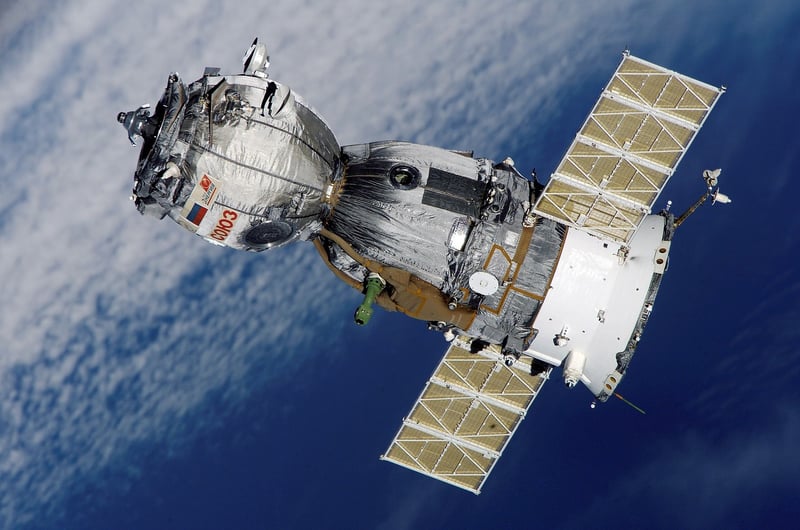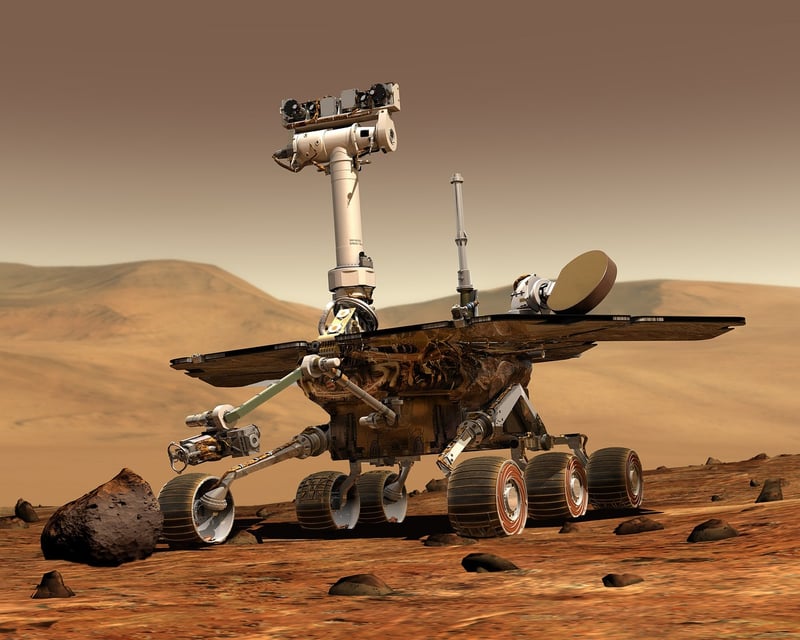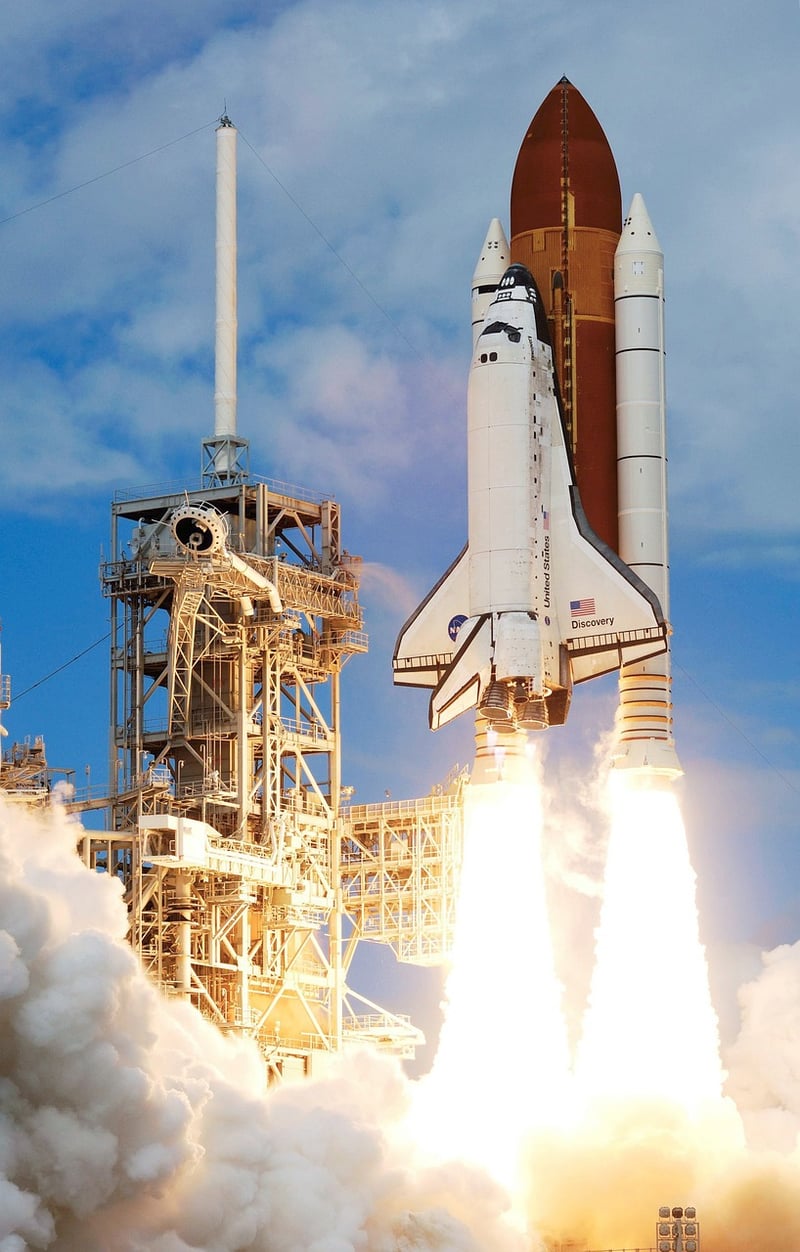Rocket Science
The Future of Space Exploration: Cutting-edge Technology in Rocket Science
When it comes to exploring the final frontier, advancements in technology have always played a crucial role in pushing the boundaries of human knowledge and capabilities. In recent years, the field of rocket science has seen significant developments that are revolutionizing space exploration. Let's take a closer look at some of the cutting-edge technologies shaping the future of space travel.
1. Reusable Rockets
One of the most groundbreaking innovations in rocket science has been the development of reusable rockets. Companies like SpaceX have successfully demonstrated the ability to land and reuse rocket boosters multiple times, significantly reducing the cost of space missions and making space travel more sustainable.

2. Ion Propulsion Systems
Ion propulsion systems are another game-changing technology that is being increasingly used in space exploration missions. These systems generate thrust by accelerating ions using electric fields, offering much higher efficiency and speed compared to traditional chemical propulsion systems.

3. 3D Printing in Space
3D printing technology has found its way into space missions, allowing astronauts to manufacture tools, spare parts, and even entire structures directly in space. This capability reduces the need to carry spare parts from Earth and enables on-demand manufacturing in the harsh environment of space.

4. Artificial Intelligence and Robotics
Artificial intelligence and robotics are playing an increasingly important role in space exploration. Autonomous rovers and drones are being used to explore planetary surfaces, while AI systems assist in mission planning, data analysis, and spacecraft operations, enhancing the efficiency and success of space missions.

5. Laser Communication Systems
Laser communication systems offer high-speed data transmission between spacecraft and with Earth, enabling faster and more efficient communication compared to traditional radio-frequency systems. This technology is essential for future missions to distant planets and beyond.

As we look towards the future of space exploration, these cutting-edge technologies are set to redefine the possibilities of what we can achieve beyond our planet. With ongoing advancements and innovations in rocket science, the next era of space exploration promises to be truly transformative.
